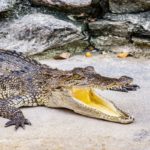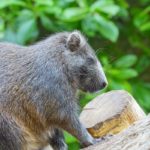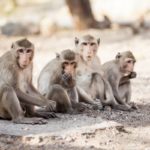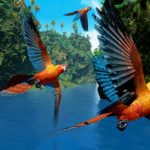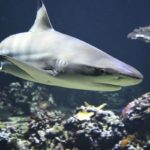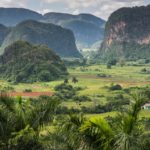Cuba hosts a wide variety of wildlife, more specifically it has 17,800 species on this small island and it has more animal species than anywhere else in the Caribbean.
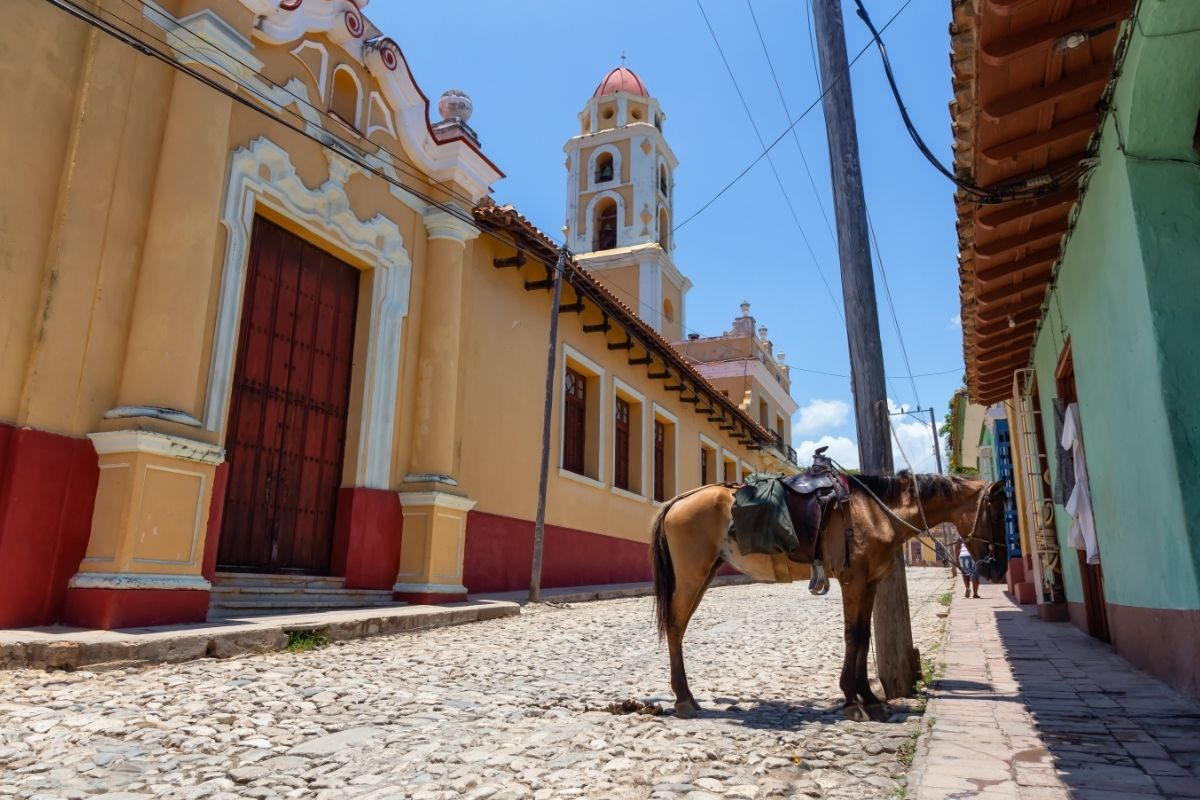
Its beautiful wildlife is not known for being dangerous, so if you’re looking for an amazing holiday with friendly wildlife, Cuba might be for you.
Due to its diverse ecoregions consisting of wetlands, dry forests, pine forests and even more, there’s a wide variety of wildlife to be found and we’ll be discussing them in more detail in this article.
The Birds Of Cuba
First up we’ll be discussing a few of the different types of birds that inhabit Cuba.
Cuba is home to 397 bird species which represents 62% of the total birds found in the Caribbean.
Cuban Parakeet

Also known as the Aratinga Cubana, these brightly colored birds are currently endangered and their population is rapidly declining as they usually choose to nest in trees and due to deforestation their homes are being destroyed.
They’re quite small, only around 26cm in size which is 50% smaller than other species of parakeet.
They have brightly colored green bodies that are accompanied by red feathers that are scattered around their head, abdomen and sides.
These colors also allow them to blend into the leaves of the trees they reside in.
Bee Hummingbird
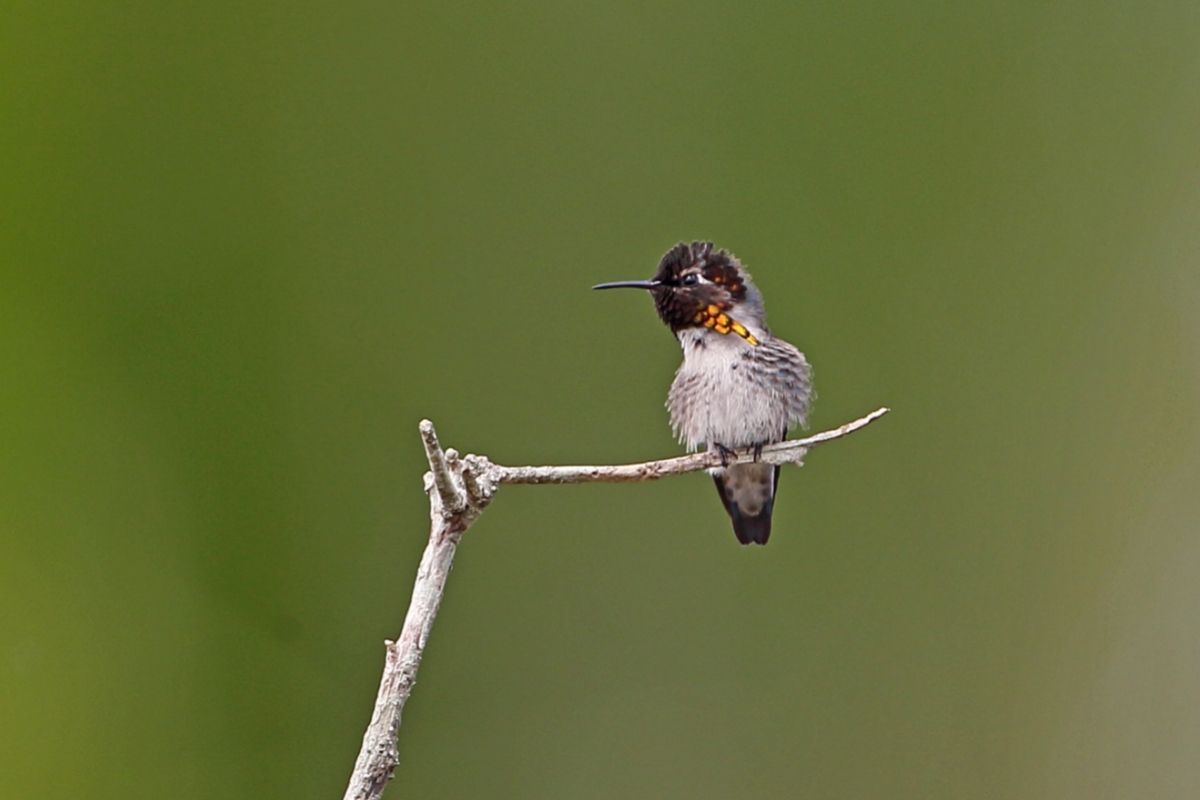
The bee hummingbird is the world’s smallest bird.
An adult bee hummingbird will rarely ever grow past 6.1cm, the females will weigh around 2.6 grams whereas the males weigh around 1.5 grams.
The male has a stunning iridescent red head and a turquoise body and the female also has a turquoise body but quite a dull colored head.
These tiny birds are considered a threatened species due to the loss of their habitat and they’re so small that they’re often mistaken for insects.
The Reptiles Of Cuba
Cuba is home to over 136 species of reptiles but we’ll be discussing just a few of these brilliant creatures.
Cuban Boa
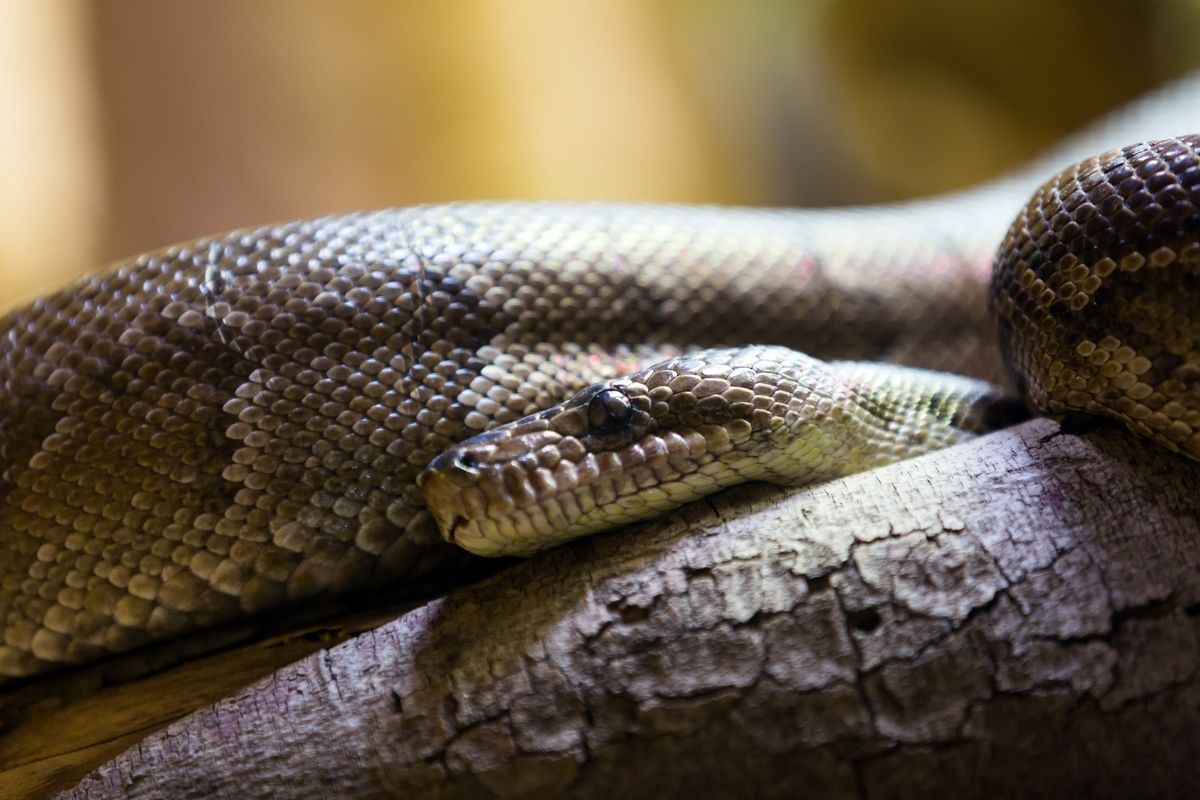
You’ll find these snakes either in a cave or on trees in the tropical forest, in these caves they’ll usually hunt as a pack for fruit bats and in the tropical forest they’ll usually hunt small mammals like birds, lizards or rodents.
These prominent vertebrates can grow to as long as 19.5 feet long but can be as small as 6.5 feet.
The Cuban boa is regarded as endangered but they are widely present all over the island.
Cuban Crocodile

The Cuban crocodile can be found in just two swamp habitats in Cuba: the Zapata swamp and on the Isle of Youth.
They are becoming increasingly endangered and are considered the most endangered of the New World crocodiles due to their interbreeding with American crocodiles.
They’re quite adept when walking on land with their stocky legs which allow them to move fast and can be speedy in the water too, which can make them quite terrifying!
The Fish Of Cuba
There’s over 900 species of fish that currently reside in Cuba, you can find many different types of fish here and we’ll list a few favorites below.
Lucifuga Fish
The Lucifuga are often found in caves and sinkholes and have adapted brilliantly to their dark habitat.
They have no eyes and have lost most of their pigmentation which makes them quite creepy and can give you a spook if you ever happen to see one swimming towards you!
Goliath Grouper
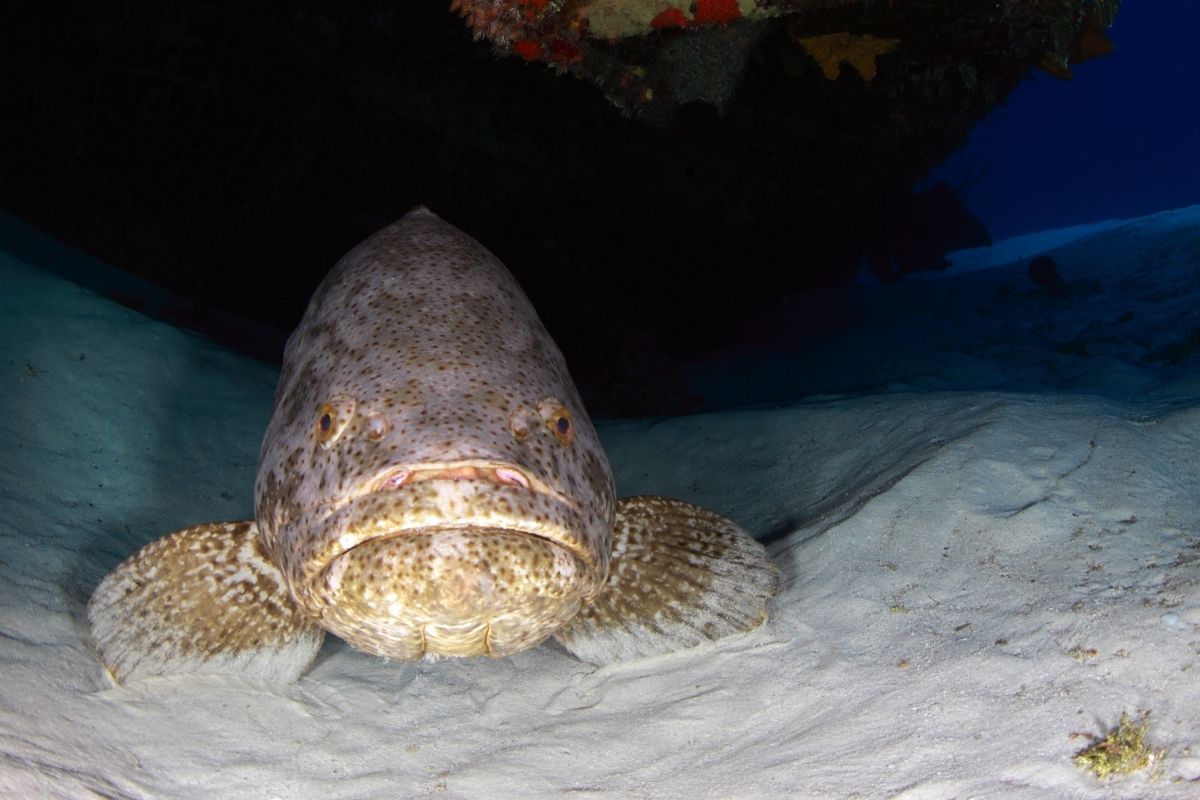
The name speaks for itself, the Goliath Grouper can reach lengths of around 8 feet and weigh up to 320kg.
They are critically endangered due to destructive fishing practices and a general lack of fear of people.
They use their huge mouths to swallow prey whole, they do not chew.
The Mammals Of Cuba
Last but not least we have the mammals who inhabit Cuba.
There are around 59 species, they may not be very big but they are very impressive with their exotic nature.
West Indian Manatee
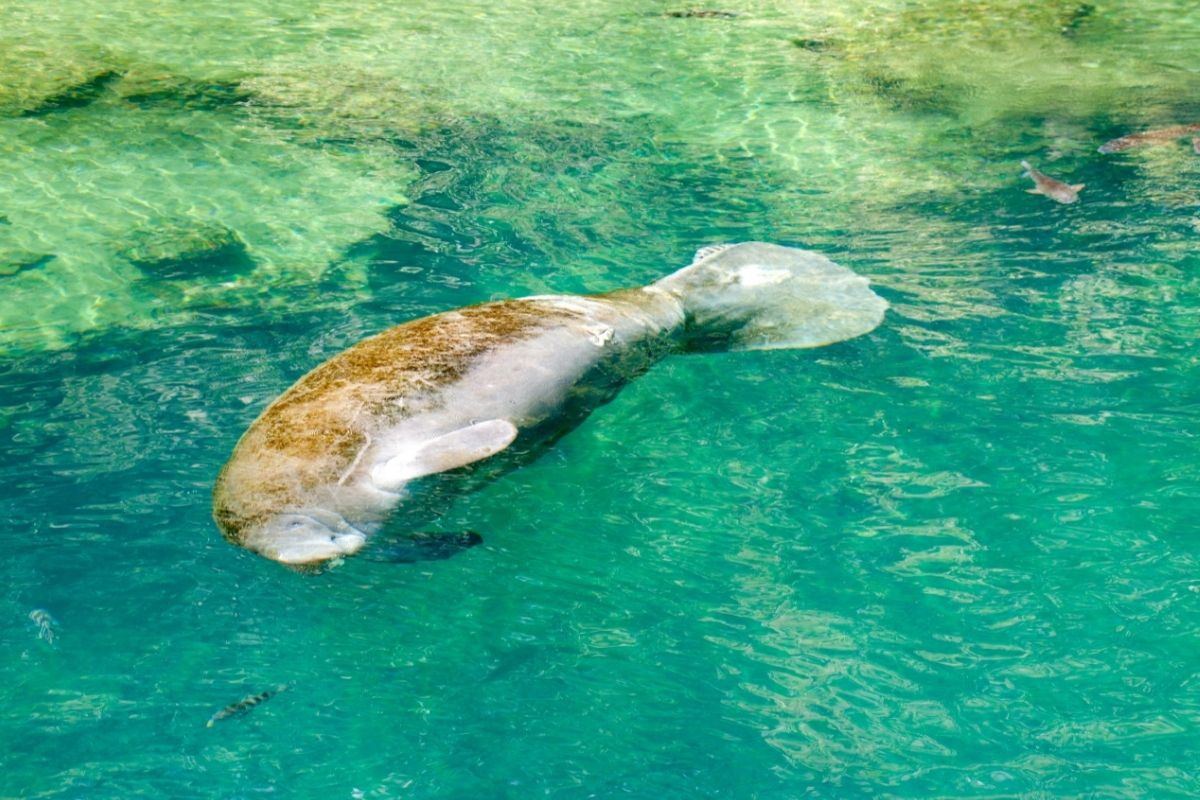
These gentle animals are often found in shallow waters, they can reach up to 13 feet and weigh up to 600kg.
Their large stature doesn’t inhibit their swimming ability, they are graceful swimmers and cruise at around 8kph.
They rarely fight and have no natural enemies in the seas. They subsist on water plants, it’s no wonder they’re nicknamed the sea cow!
Cuban Solenodon
The Cuban solenodon is often compared to a shrew and more closely resembles other members of the Tenrecidae family like hedgehogs or opossums.
They’re often found in dense, humid forests and brush country and will usually emerge at night to prey on insects, spiders and lizards.
They are venomous and have a unique ability to inject their venomous saliva into their prey by biting them, which incapacitates their prey.
- What Is The Largest Island In Cuba? - September 19, 2022
- Havana – Why Is It Cuba’s Most Exciting City? - September 19, 2022
- Cheapest Time To Visit Cuba (Ultimate Guide) - September 19, 2022

